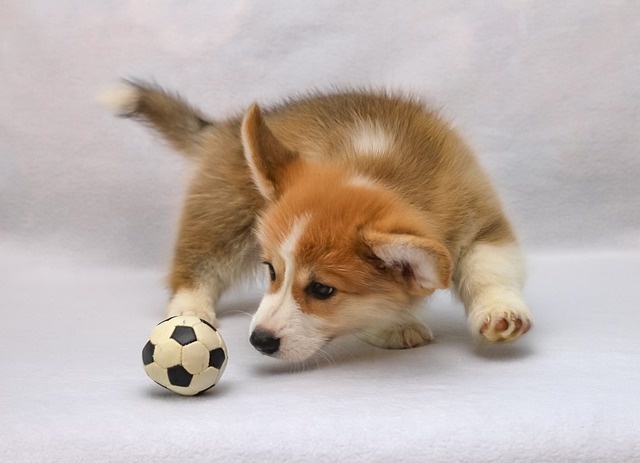You’ve just sat down to trim your dog’s nails, but the thought of cutting the quick—the sensitive, blood - filled part inside each nail—has you on edge. As a new dog owner in the U.S., this fear is common, and for good reason. Nicking the quick can cause pain, bleeding, and make future nail trims a nightmare for both you and your furry friend. But with the right knowledge and approach, you can avoid this dreaded mishap.
The quick is essentially the dog’s "fingertip" inside the nail, containing blood vessels and nerves. In dogs with light - colored nails, it’s often easy to spot as a pinkish or reddish area extending from the base of the nail. However, in dogs with dark nails, it’s much trickier to see, making the risk of cutting it higher. Overgrown nails can also cause the quick to grow longer, so regular trimming is crucial to keep it at a manageable length. Understanding the anatomy of the nail and the position of the quick is the first step in preventing accidental cuts.
To avoid the quick, start by choosing the right tools. Invest in sharp, high - quality dog nail clippers designed specifically for pets. Dull clippers are more likely to crush the nail, increasing the risk of hitting the quick. Before you begin, have styptic powder or a clotting stick on hand, just in case of a nick. Then, find a well - lit area to work. If your dog has light - colored nails, simply trim a small amount at a time, stopping well before you reach the pink area. For dark - colored nails, trim in tiny increments, checking the tip of the nail frequently. You can also shine a flashlight from underneath the nail (a technique called "back - lighting") to help visualize the quick’s position. Keep your dog calm throughout the process by offering treats and gentle praise. If they seem anxious, take breaks and try again later.

In the American pet - owning community, proper nail trimming aligns with broader responsibilities. Always ensure your dog’s vaccinations are up - to - date as required by state law, especially if an accidental cut leads to bleeding, as it could increase the risk of infection. When living in apartments, quiet nail trims (using tools like silent - close clippers) can prevent disturbing neighbors. During community walks, a dog with well - trimmed nails is less likely to scratch people or get their nails caught on objects, adhering to good pet etiquette. And remember, never use force or punishment if your dog resists nail trimming. Instead, use positive reinforcement, such as giving treats and lots of love, to create a positive association with the process. This not only makes nail trimming easier but also reflects the animal welfare values deeply ingrained in American pet - loving culture.
By following these steps and being cautious, you can master the art of trimming your dog’s nails without cutting the quick. With practice, nail trimming will become a stress - free routine that keeps your dog’s paws healthy and happy.






